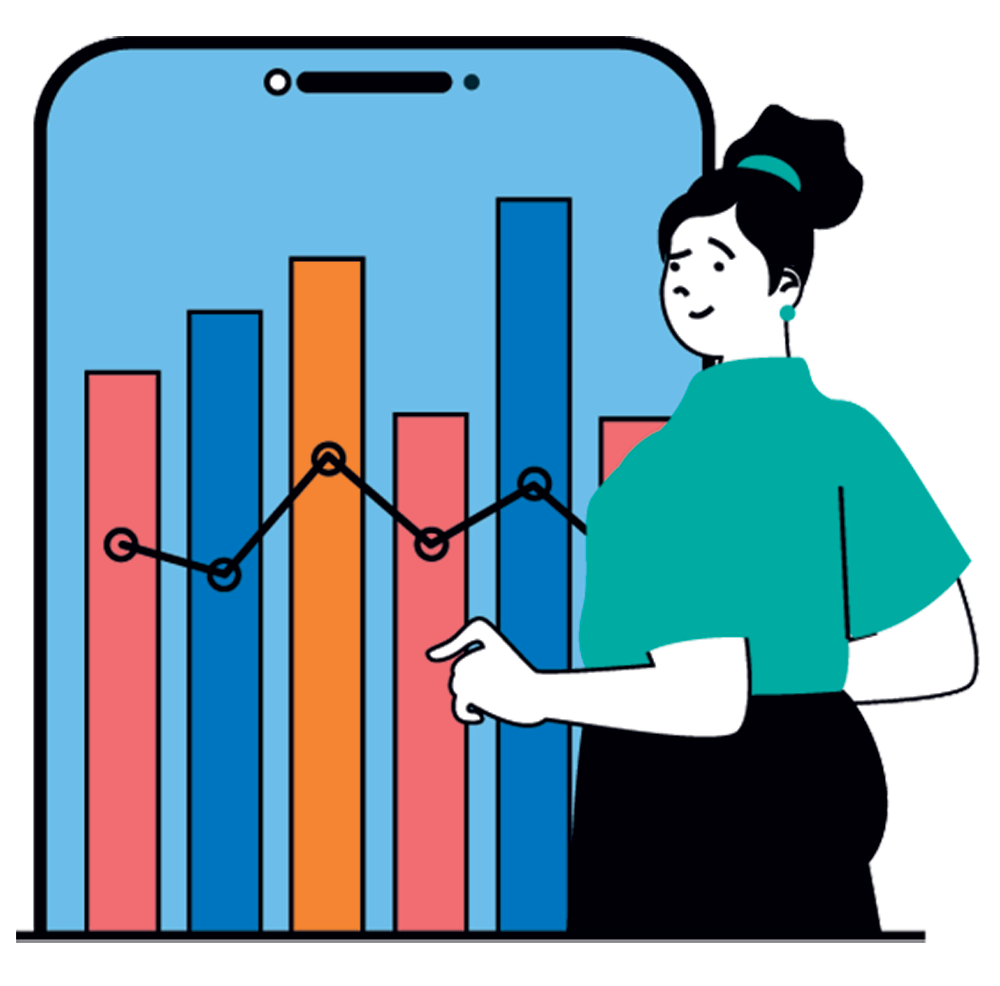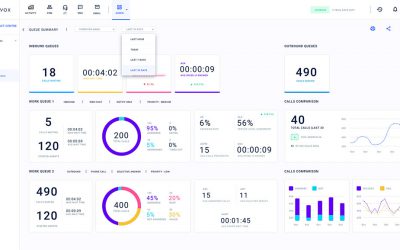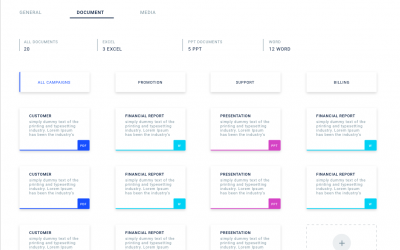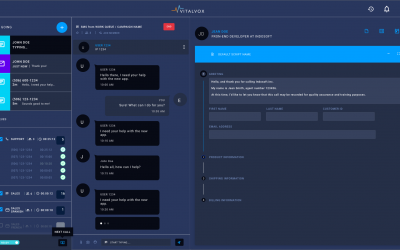Evaluating Customer Service Performance

In the highly competitive landscape of customer service, it’s vital for businesses to ensure that their customer service teams are not just operational, but also efficient and effective. To measure this effectiveness, there are several key metrics and Key Performance Indicators (KPIs) that companies should track. This article, focusing on evaluating customer service performance, will guide you through these metrics, helping your business to evaluate and enhance its customer service performance.
-
1. First Response Time (FRT)
First Response Time measures the duration it takes for a customer service representative to respond to a customer inquiry. This metric is crucial because a prompt first response can set the tone for the entire interaction. Research shows that customers expect quick responses, and a shorter FRT often leads to higher customer satisfaction.
2. Average Handle Time (AHT)
AHT refers to the average duration it takes for a customer service representative to resolve a customer issue or query. This metric is a balance – while efficiency is key, rushing through customer interactions can negatively impact service quality. Optimal AHT indicates that your team is resolving issues efficiently without sacrificing customer satisfaction.
3. Customer Satisfaction Score (CSAT)
CSAT is a direct measure of customer satisfaction with your service. Typically, it is collected through post-interaction surveys asking customers to rate their satisfaction on a scale. This feedback is invaluable for understanding customer perceptions and identifying areas for improvement.
4. Net Promoter Score (NPS)
NPS measures the likelihood of your customers recommending your company to others. It’s a powerful indicator of customer loyalty and overall satisfaction. A high NPS is often correlated with repeat business and positive word-of-mouth.
5. Customer Effort Score (CES)
CES assesses the ease with which customers can get their issues resolved or queries answered. It’s based on the principle that service effectiveness is not just about solving problems, but making the process effortless for customers.
6. Service Level and Response Rate
This metric tracks the percentage of calls or inquiries answered within a predetermined timeframe. It’s crucial for ensuring that your service team meets the expected standards of responsiveness.
7. Resolution Rate
This is the percentage of customer issues that are resolved without needing to escalate them to a higher authority. A high resolution rate indicates that your customer service team is well-equipped and knowledgeable.
8. Employee Satisfaction
While often overlooked, employee satisfaction is a key metric in customer service. Happy employees are more likely to provide quality service, leading to better customer experiences.
Conclusion
Tracking these metrics gives valuable insights into the efficiency and effectiveness of your customer service team. By Evaluating Customer Service Performance and continuously monitoring and improving upon these KPIs, companies can significantly enhance their customer service experience, leading to increased customer loyalty and a stronger brand reputation.
Incorporating these metrics into your call center software solution not only optimizes your customer service but also aligns it with your business goals. With the right tools and strategies, you can turn your customer service department into a powerhouse of customer satisfaction and loyalty.
Remember, effective customer service is the cornerstone of any successful business. Reach out and start improving!
Categories
- Agent Performance & Training
- AI solutions
- Asterisk
- Business Growth
- Call Center Performance & Productivity
- Call Center Software Platform
- Call Center Technology & AI Integration
- Call Center Training
- Call Center Workforce Management
- Call Monitoring
- Cloud-Based Solutions
- Customer Experience
- Data Security
- General
- Insights
- Integrated Customer Service
- News
- Omnichannel Communication Strategy
- Omnichannel Support
- Quality Assurance
- Tech


